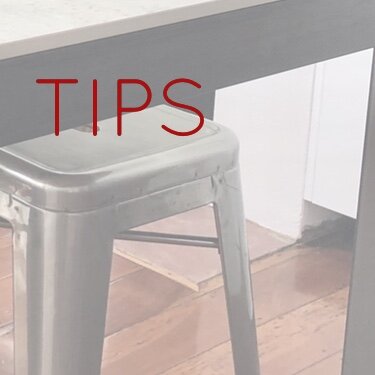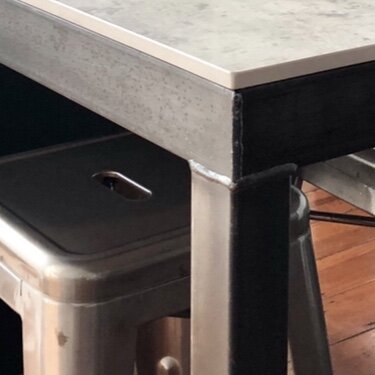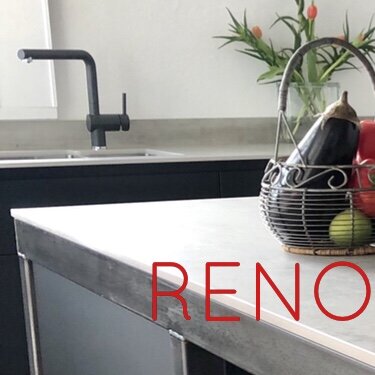BATHROOM FITTINGS & ACCESSORIES
TIP - BATHROOM FITTINGS AND ACCESSORIES
Check availability of bathroom fittings, accessories and tiles with suppliers so you allow enough lead-in time to suit your programme
Have all fittings at your home before you start the demolition to avoid delays to the programme or worse still incorrect pre-plumbing and pre-wiring placement.
AFTER DEMOLITION AND BEFORE LINING WALLS
TIP - AFTER DEMOLITION BUT BEFORE WALLS ARE LINED
Confirm exact height of all your fittings. The vanity height will vary depending on whether you have a counter top basin or recessed basin.
Install “timber noggings” to provide in wall support for vanity, heated towel rail, shower head, towel rails and all other fittings so that they won’t move. Surprisingly this is often over looked!
Cut into wall framing to create shower and bath niches. These are a great way to maximise space and provide a shelf for bottles and soap.
SELECTING TILES
TIP - SELECTING TILES
Select tiles that are suitable for purpose, whether that be floor or wall. Polished, matt, non-slip …
Ceramic tiles are suitable for walls but not floors as they are not strong enough to walk on. They are glazed one side which makes them easy to clean and come gloss or matt finish.
Porcelain tiles are suitable for walls and floors. They are glazed one side very durable and easy to clean.
Natural stone tiles can be used for walls or floors. As stone is porous it isn’t as maintenance free as porcelain tiles. They will require more maintenance especially if they have a honed finish. This usually involves sealing them every couple of years.
WATER PROOFING
TIP - WATERPROOFING
The waterproofing is normally applied by your tiler. If not it would be done by an approved waterproofing applicator.
Check if they are using a council pre-approved waterproofing system as this is important for your Producer Statement.
Check that the correct linings have been used for different wet areas.
Compressed sheet to be used around baths, showers and over timber floors.
All other walls plus ceiling - use Aqua-line Gib board.
Get all sign-offs required for waterproofing including a Producer Statement from the applicator.
LAYING TILES
TIP - LAYING TILES
Discuss tile layout with tiler. there are many options including herringbone, stacked or staggered depending on the look you want.
Start tiling from the centre of the wall and then any cut tiles will be the same length either end and this looks balanced.
Start with a cut tile to top of wall then any cut tile at bottom of wall will be less noticeable to the eye.
Discuss options for corner joins where unglazed tile edges are exposed. Select the colour of corner trims with the tiler or alternatively discuss the option of mitred edges to avoid an unglazed edge situation.
Discuss and select grout and silicone colour with tiler, don’t leave to chance!
Request epoxy grout in areas where there is a lot of water eg showers, around baths and kitchen splash-backs.














